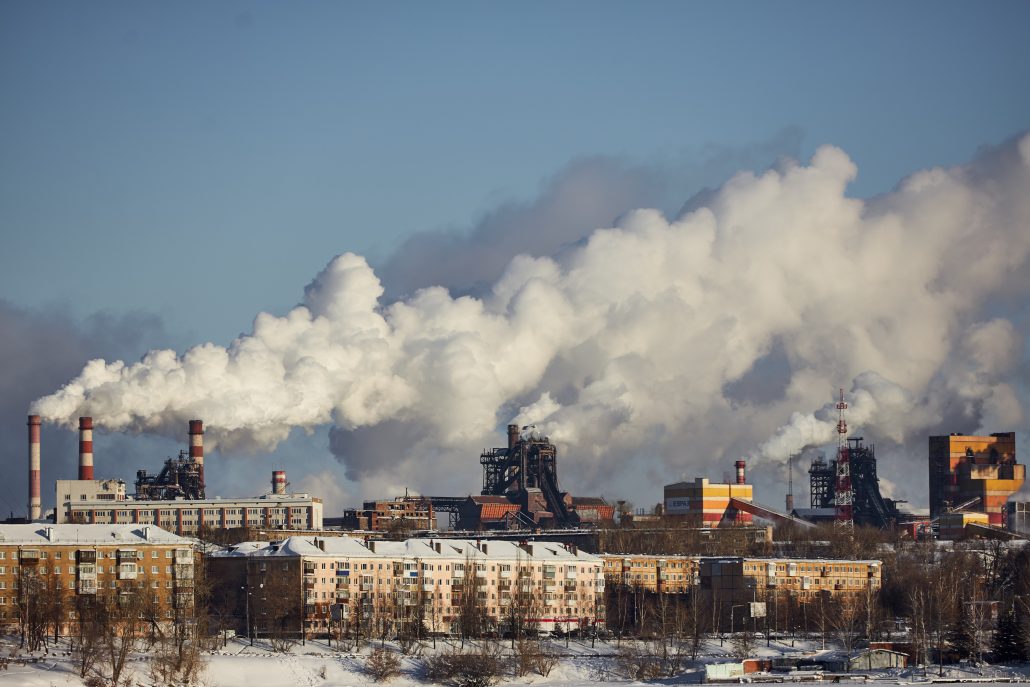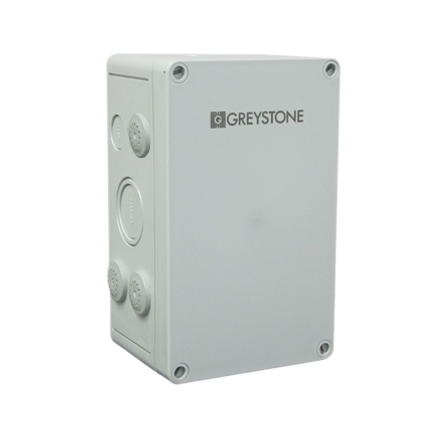CO2 as it is used in building ventilation control is not a contaminant with a specific danger threshold not to be exceeded. Rather, it is an indicator of the outside air dilution rate of a space where the outside CO2 levels provide a baseline reference for outside air. Indoors CO2 levels will increase beyond this baseline as people exhale CO2 with normal activity. A basic principle in CO2 measurement and control is that CO2 levels in an indoors will rise to a point where the amount of CO2 produced by occupants is balanced with the amount of outside air being introduced for dilution of contaminants. This is often called a equilibrium level. Depending on what the actual outside concentrations are and what the ventilation rate is, this balance point will vary.
A few years ago, it was generally assumed that outside levels of CO2 where roughly about 300 ppm. Unfortunately, with global industrialization over the past 50 years, background levels of CO2 have steadily risen so that in most urban areas, outside concentrations are in the 400 to 500 ppm range. These rising levels have been used by many as an indicator of global warming trends. Rather than establish a new rule of thumb based on a higher assumed outside level, many guidelines express the relationship between ventilation and CO2 levels as the inside/outside CO2 differential.
Demand Controlled Ventilation
Demand controlled ventilation (DCV) using CO2 is an effective energy saving strategy for buildings that can both ensure good indoor air quality and save energy by controlling ventilation based on actual occupancy in a space and the outside air dilution rate of a space. This is a ventilation strategy that is now recognized by most building codes as well as the LEED certification program for green buildings. Most IAQ (Indoor Air Quality) and LEED (Leadership in Energy and Environmental Design) requirements have been rewritten to specify indoor CO2 levels as relative to outdoor levels instead of using the old global average of 400ppm as a guide.
Knowing outdoor CO2 levels helps to assess indoor CO2 levels. In order to measure outdoor CO2 levels accurately, a specialized outdoor CO2 sensor can be used. For example, the CD2OS Series is designed specifically to measure CO2 concentrations outdoors in any weather condition.
CD2OS Outside Carbon Dioxide Transmitter is Here!
The CD2OS series uses a highly accurate and reliable Dual wavelength, Non-dispersive Infrared (NDIR) sensor and LTA (long term adjustment) signal processing technology to deliver industry leading long-term accuracy and reliability in a vented, weatherproof enclosure for outdoor applications to monitor CO2, levels. A linear analog signal output of 4-20 mA, 0-5 or 0-10 Vdc is provided for connection to a building automation system. The CD2OS is available in either a standard or heated enclosure to cover applications in various climates. An optional temperature sensor and adjustable relay output are also available.
The CD2OS series will replace the CDD4B3/4 Series Outside CO2 Transmitter. Visit our website for more information or contact one of our experts now!









